The field of healthcare has been through many changes, even over the last 3 years.
One of the biggest we’ve seen is the increased use of technology. This technology is allowing medical professionals to work at speed, without sacrificing accuracy.
In this blog post, we’ll run down 6 of the most exciting trends in healthcare technology, and discuss what their increased use could mean for the sector in the future.
Trend 1: Artificial Intelligence (AI)
If you’re looking for a buzzword of the moment, look no further than Artificial Intelligence (AI). From deliveries to cybersecurity, it’s popping up in discussions about everything. Since the 1970s, healthcare settings have used early forms of AI. Fast forward to the present, and healthcare is still prominent in discussions about it.
Researchers have already successfully used artificial intelligence in diagnostics. In 2021, researchers used AI-assisted CT imaging to detect and treat pneumonia from COVID-19, a task that may have taken months without it.
AI can also assist in personalising treatment plans. People with chronic conditions like multiple sclerosis and epilepsy are often on a combination of medications. The process of doctors discovering which medication is best for someone can be long and frustrating, and risks negative reactions. AI uses information about the patient to give recommendations for treatment that are more likely to work. Not only is this faster, but it can also prevent side effects.
Trend 2: Internet of Medical Things (IoMT)
Despite the silly phrasing, the Internet of Medical Things is one of the most exciting developments in digital healthcare.
The Internet of Medical Things (IoMT) is a network of medical devices, sensors, and other healthcare-related technologies. They’re all connected to the Internet and able to exchange data with each other.
You don’t need to be an expert in medical devices to see why the IoMT is a game-changing concept. Even 10 years ago, healthcare was largely confined to one building and a team of specialists. With medical devices, people can manage aspects of their own health independently. This empowers them and eases the strain on emergency departments.
And when doctors need to intervene in someone’s healthcare, the IoMT can help with that too. As these devices are on all the time, they can instantly alert physicians if there’s a concerning change in a patient’s routine or vitals. This allows for a more proactive approach to healthcare, solving the smaller issues before they become bigger ones.
Trend 3: Telemedicine and Virtual Care
Of course, telemedicine was around far before the COVID-19 pandemic. However, that was the event that really brought it into the mainstream. Everyone knows how useful telemedicine can be in rural settings where access to a doctor might not be straightforward. But its use is now also extending to psychiatrists.
Telepsychiatry’s benefits go beyond those of general telemedicine. Since there’s no need to speak to someone face-to-face, it actively decreases the stigma around mental health issues. This could mean more of these people could feel comfortable reaching out for help earlier, reducing the probability of a mental health crisis.
Trend 4: Blockchain
Data security is one of the most important things in healthcare – but many organisations are falling foul of data breaches. Research from SOTI has revealed that nearly eight in 10 providers of frontline healthcare services in the UK have had at least one data breach since 2021.
This is where blockchain could be helpful.
The easiest way to explain it is by thinking of a notebook with all the important medical information about a patient. Instead of storing the notebook in one place, it’s distributed across many computers in a secure and encrypted way.
Doctors record interactions involving a patient’s data as digital “transactions.” These are then grouped together into “blocks”, with each block containing a list of recent transactions. Once that’s full, it’s linked to the previous block, creating a chain.
Unique codes link these blocks together. This makes tampering much more difficult than if the information was just stored on a server, for example.
Not only is information stored in a blockchain more secure, but it’s also much more accessible for those who need it. Also unlike a server, blockchain is decentralized – meaning all members of a team can share information quickly and safely.
Trend 5: Robotics and Automation
A few years ago, the idea of having a robot as part of a hospital team seemed like the realm of science fiction. But it’s now becoming common practice around the world.
In 2019, doctors in Sanya, China, controlled a robot to insert a stimulation device in the brain of a Parkinson’s patient nearly 1,900 miles away in Beijing. Doctors have also used robots for the targeted removal of cancer tissue.
And it’s not just surgery that robotics is transforming. Other types of robots are being used as part of routine, repetitive administrative tasks, or to restock medical supply cabinets.
Trend 6: Augmented Reality (AR) and Virtual Reality (VR)
AR and VR have risen to become gold-standard tools in medical teaching. Medical students and seasoned professionals can enter immersive environments, running through different scenarios in preparation for the real thing.
Excitingly, physiotherapists are also using AR and VR as part of their programmes. The technology can multitask; showing the exercise for the patient to do while collecting the data on how they’re doing. This means exercises can be further tailored if necessary.
The patient outcomes from both use cases speak for themselves. Having medical professionals with prior experience in dealing with procedures is always a good thing. And as for physical therapy? Well, a study on whether immersive VR could help reduce pain during physical therapy sessions for burn victims found that when patients used VR, their pain ratings were significantly lower – up to 50%.
Though these are only six of the trends making waves in healthcare technology, the sector’s full of innovations. Some are probably even happening as you read this article – and all are driven by the goal of helping patients access better quality healthcare quicker.
PKF Smith Cooper Systems are experts in helping healthcare companies get the most out of their technology.
Contact us on 01332 959008 or use the enquiry form.
Interested to know more about our Sage solutions?
Call 01332 959008 or enquire online today
"*" indicates required fields

